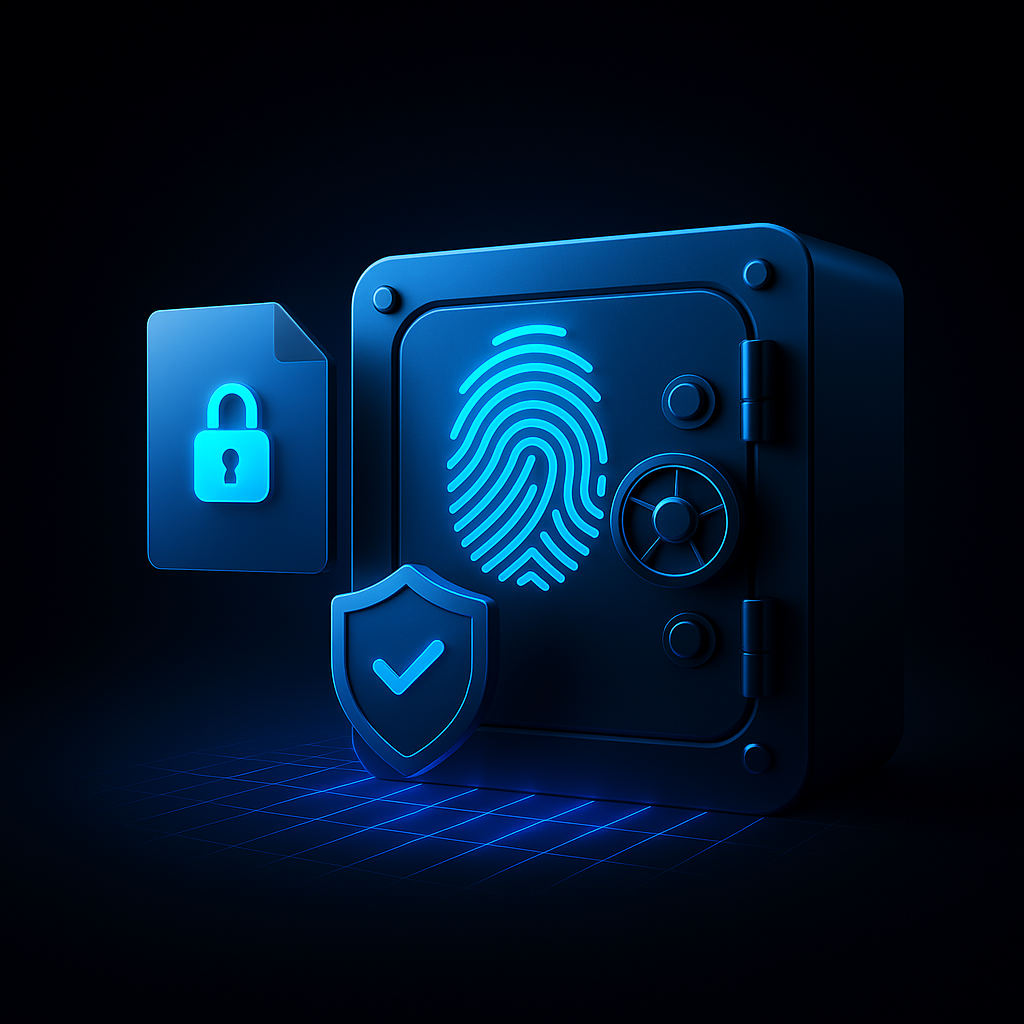When it comes to software, one of the most common user expectations is speed. But what does “fast” really mean? The answer isn’t as universal as you might think. At Encryptryx, we design for efficiency—but performance still varies widely depending on your system specs, network environment, and how the software is used.
Did you know? A feature that runs smoothly on one device could lag on another, purely because of background tasks, outdated drivers, or limited RAM.
We strongly recommend reviewing your system requirements and network stability before expecting peak performance. Our internal benchmarks are helpful indicators, not guarantees—and that’s true for nearly all software providers.
Pro Tip: Before installing new software, close background apps and check for pending OS or driver updates. Performance may surprise you—for better or worse.
Hardware and Software Factors That Impact Speed
The type of CPU, the amount of RAM, and the storage drive (SSD vs. HDD) all contribute significantly to performance. For example, a system with 8GB of RAM and an SSD may execute operations faster than one with 16GB of RAM on a slower hard drive.
Network Conditions Can Change Everything
Performance isn’t just about what’s inside your machine. If your software relies on cloud sync, live data retrieval, or server communication, your internet speed, latency, and firewall settings can directly impact performance.
Why Our Benchmark Tests Are Only a Starting Point
At Encryptryx, we test on a variety of devices and environments to estimate performance ranges. However, user environments differ drastically—from virtual machines to mobile hotspots—and these variations influence real-world behavior.

